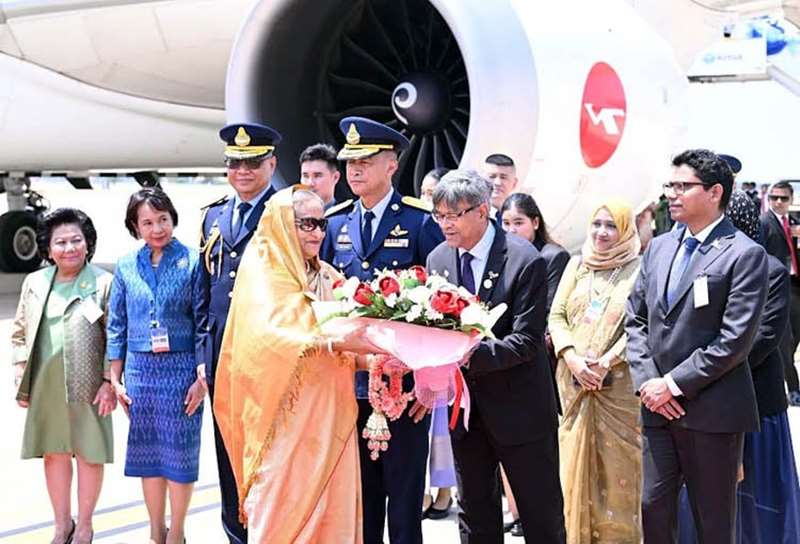People leave cities and move to villages: BBS

Bangladesh Bureau of Statistics (BBS)
Migration trends in Bangladesh have seen significant shifts in recent years, with a notable increase in people moving from cities to villages. This report aims to analyze the migration patterns, socioeconomic factors, and implications of this trend based on data from the Bangladesh Bureau of Statistics (BBS) and expert opinions.
Migration Patterns
According to BBS data, the number of individuals migrating from cities to villages has doubled within a span of two years. In 2001, approximately six individuals per 1000 migrated to villages, whereas in 2023, this number surged to 14 per 1000. Conversely, there has been a decline in the number of people moving from villages to cities, dropping from 26.4 per 1000 in 2001 to 20 per 1000 in 2023.
Socioeconomic Factors
Economists attribute migration primarily to economic reasons, including the pursuit of better income opportunities and the desire for an improved lifestyle. Rising living costs in urban areas, coupled with limited job prospects, have prompted individuals, particularly those from low-income backgrounds, to migrate to villages. The development of communication systems, facilitating connectivity between urban and rural areas, has also contributed to this trend.
Impact of COVID-19 Pandemic
The COVID-19 pandemic has exacerbated migration trends in Bangladesh. Following the outbreak, there was a notable increase in individuals returning to villages, with the number rising from 3.9 per 1000 in 2018 to 8.4 per 1000 during the pandemic. While there was a slight decline in migration tendencies in 2021, the trend resumed its upward trajectory from 2022 onwards.
Implications and Recommendations
The rise in migration from cities to villages underscores the need for policymakers to address underlying socioeconomic challenges. The mismatch between income levels and living costs, coupled with job insecurities, has led to a decline in urban living standards for many. To mitigate this trend, the government should consider expanding social safety net programs and creating more employment opportunities in urban areas.
Furthermore, efforts to improve infrastructure and amenities in rural areas could help accommodate the influx of migrants and enhance living conditions. Additionally, initiatives aimed at promoting entrepreneurship and skill development in villages may incentivize individuals to remain in their rural communities while still pursuing economic opportunities.
The migration trends observed in Bangladesh reflect the complex interplay of economic, social, and environmental factors. As migration continues to shape demographic patterns, policymakers must adopt holistic approaches to address the challenges and opportunities associated with urban-rural migration. By fostering inclusive development and promoting sustainable livelihoods, Bangladesh can harness the potential of both urban and rural areas to foster prosperity and well-being for all citizens.










পাঠকের মন্তব্য